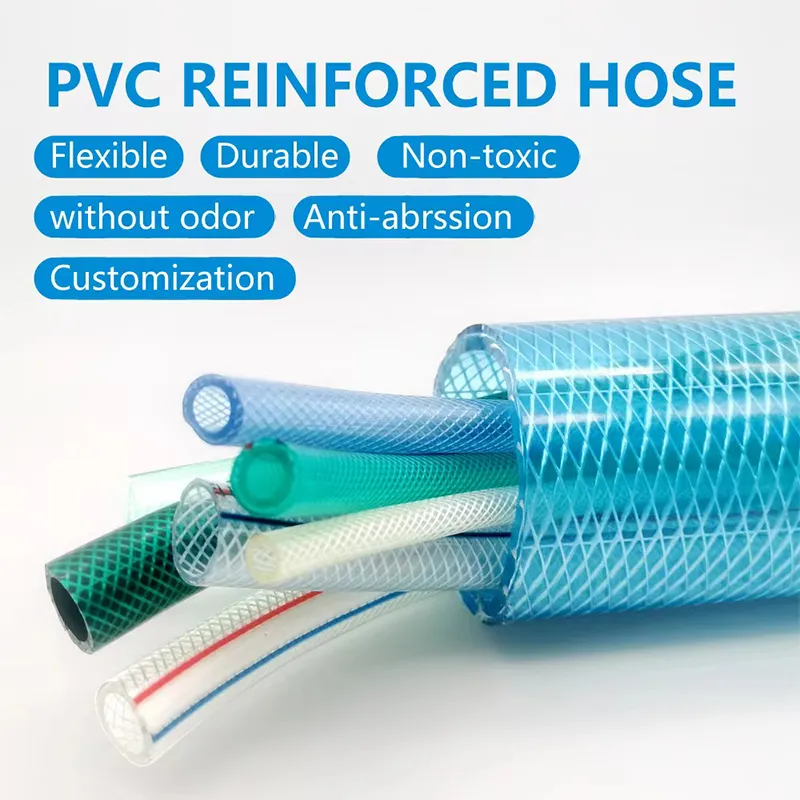LPG Vapor Hose Applications and Safety Guidelines for Optimal Performance and Durability
Understanding LPG Vapor Hose Essential Information for Safety and Efficiency
Liquefied Petroleum Gas (LPG) is a widely used fuel source across various industries, including residential heating, cooking, and automotive applications. The transportation and use of LPG require specialized equipment designed to handle the unique properties of the gas, particularly when it is in vapor form. One vital component in these systems is the LPG vapor hose. This article explores the features, applications, and safety considerations related to LPG vapor hoses.
What is an LPG Vapor Hose?
An LPG vapor hose is specifically designed to transport LPG in its vapor state from one point to another. Unlike liquid LPG, which is dense and requires different handling materials, vapor LPG is highly flammable and requires hoses that can withstand high pressures and prevent leaks. These hoses are manufactured from materials that resist corrosion and the effects of temperature changes, typically featuring a reinforced structure to enhance durability and performance.
Features of LPG Vapor Hoses
1. Material Composition LPG vapor hoses are usually made from synthetic rubber, thermoplastic, or a combination of materials that ensure flexibility yet maintain structural integrity under pressure. The inner tube is designed to resist the effects of propane and butane, the primary components of LPG.
2. Pressure Rating LPG vapor hoses are rated for various pressure levels depending on their intended use. It's crucial to select a hose with a pressure rating that matches or exceeds the operational requirements of the application.
3. Temperature Resistance The temperature resistance of an LPG vapor hose is critical, as LPG can be used in a range of environments. A good vapor hose can withstand both high and low temperatures without degrading, ensuring safe and efficient operation.
4. Reinforcement and Construction Most LPG vapor hoses are reinforced with textiles or spirals of steel for added strength. This construction prevents kinking and ensures the hose can handle the stress of constant flexing in use, which might occur in mobile applications or installations with limited access.
Applications of LPG Vapor Hoses
LPG vapor hoses are employed in numerous fields, including
- Residential Use In homes, LPG vapor hoses are used to connect gas appliances like stoves, heaters, and hot water systems. Their flexibility allows for easy installation and maintenance.
lpg vapor hose

- Commercial and Industrial Applications Businesses that rely on gas-powered machinery, heating systems, or cooking applications often use LPG vapor hoses. They are crucial in restaurant kitchens, manufacturing plants, and other commercial settings where gas supply is necessary.
- Automotive Fuel Systems LPG is also a popular fuel choice for vehicles. LPG vapor hoses are fundamental in connecting fuel tanks to engines, ensuring safe distribution of gas while preventing leaks.
Safety Considerations
Safety is paramount when working with LPG vapor hoses. Here are some essential safety tips
1. Regular Inspections Conduct regular inspections for signs of wear and tear, such as cracks, bulges, or leaks. Any hose that shows signs of damage should be replaced immediately to prevent accidents.
2. Proper Installation Ensure that hoses are installed correctly, following manufacturer guidelines. Improper installation can lead to leaks and potential hazards.
3. Use Approved Hoses Always use hoses that are specifically rated for LPG vapor service. Avoid using standard hoses not designed for LPG applications, as they may not handle the pressures or chemical properties involved.
4. Ventilation Ensure adequate ventilation in areas where LPG is used. This precaution minimizes the risk of gas accumulation, which can be dangerous if a leak were to occur.
5. Emergency Preparedness Have emergency procedures in place for dealing with LPG leaks or accidents. Familiarize yourself with the location of emergency shut-off valves and ensure that fire extinguishers are on hand and inspected regularly.
Conclusion
LPG vapor hoses are integral to the safe and efficient use of liquefied petroleum gas in various applications. By understanding their construction, suitable uses, and the necessary safety precautions, users can ensure a reliable gas supply while minimizing risks. Whether for residential, industrial, or automotive applications, investing in quality LPG vapor hoses and following best practices can contribute significantly to safety and efficiency in gas usage. Always consider consulting with professionals when in doubt to ensure appropriate selection and handling of LPG vapor hoses.
-
Top Quality Oxy Acetylene Hoses for Sale Fit for Welding DemandsNewsJul.28,2025
-
The Future of Pneumatic Air Tubes in IndustryNewsJul.28,2025
-
Superior and Reliable LPG Hose Pipe Solutions for Every NeedNewsJul.28,2025
-
Exceptionally Durable and Versatile Premium Braided PVC TubingNewsJul.28,2025
-
Best Adapters for Connecting Garden Hose to PVC Pipe ConnectionsNewsJul.28,2025
-
The Essential Role of LPG Hoses in Safe and Efficient Gas DistributionNewsJul.16,2025














